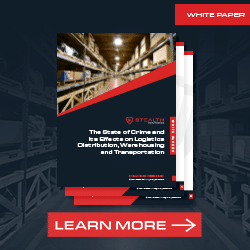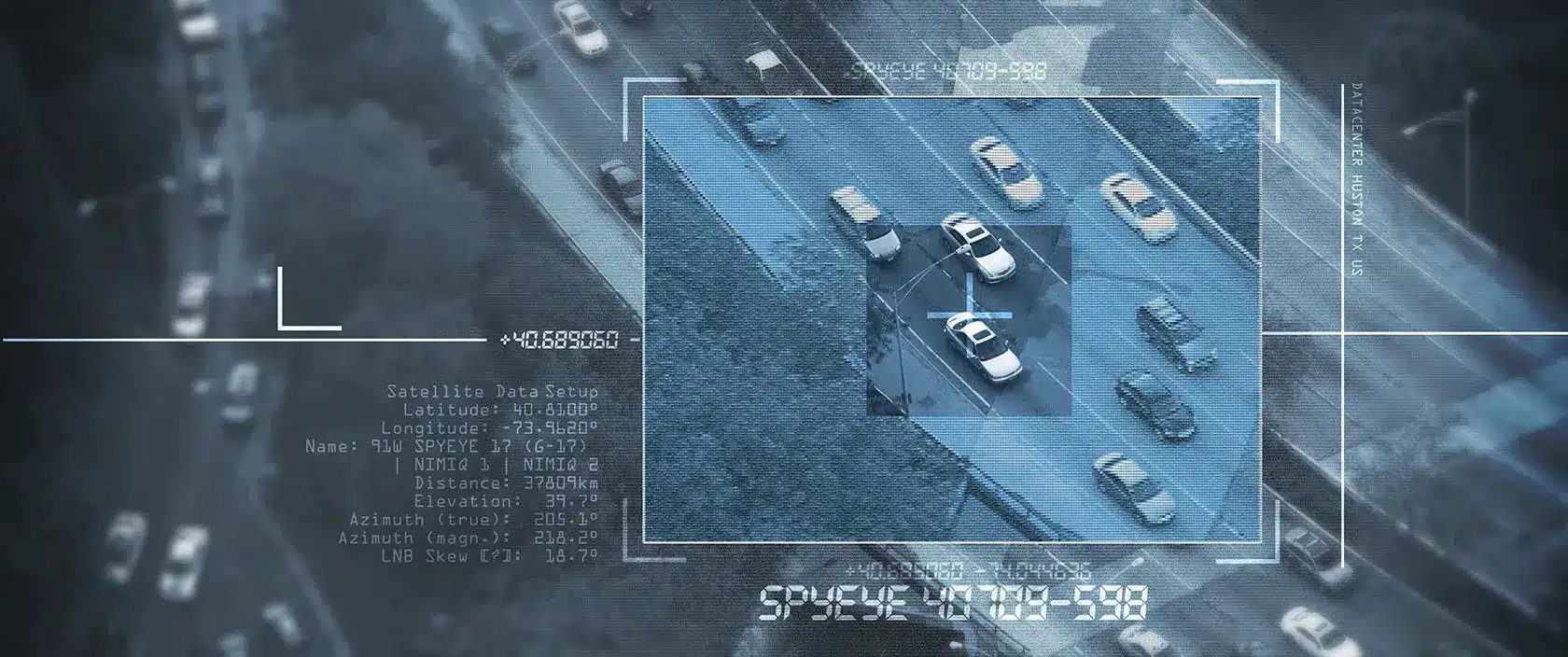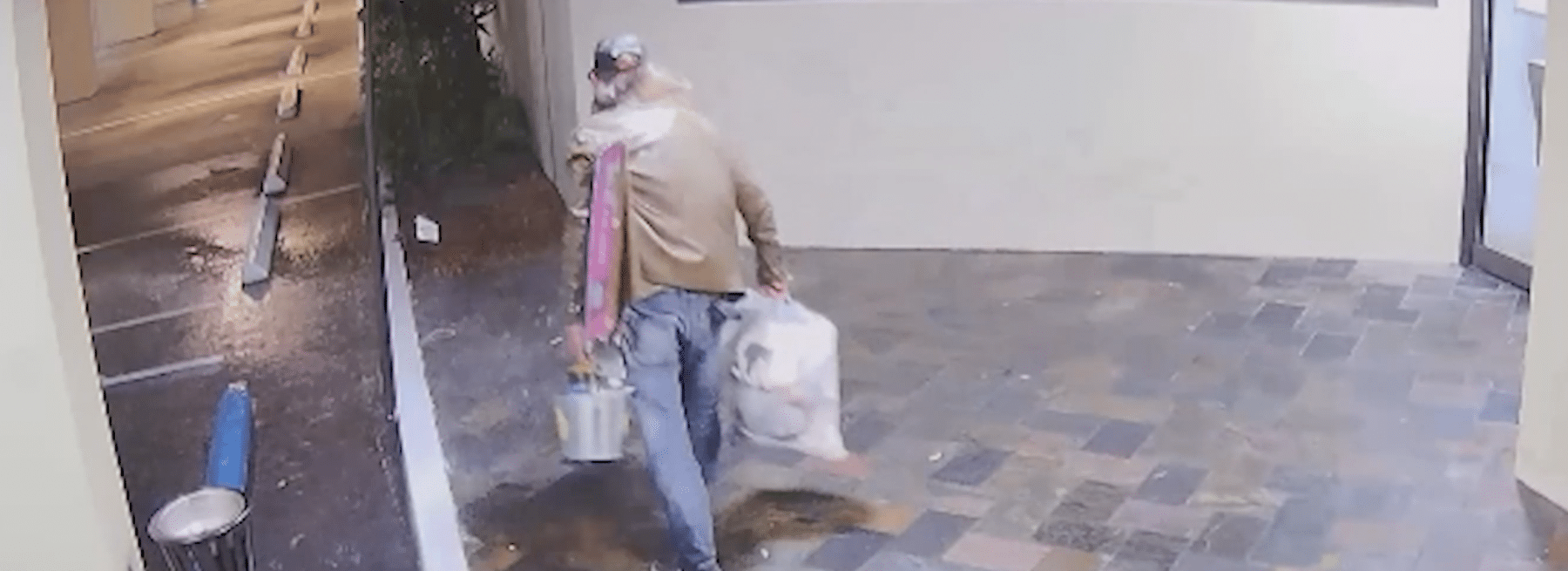In the dynamic world of transportation and logistics, ensuring the safety and security of assets and operations is paramount. While traditional guard services have been a mainstay, the advent of cutting-edge remote monitoring technology offers a compelling alternative that delivers unparalleled advantages.
Cost-Effective and Scalable Protection
One of the standout benefits of remote monitoring is its cost-efficiency. Unlike physical guards, who are limited by their physical presence, remote monitoring systems can simultaneously surveil multiple locations with a streamlined team. This capability translates into substantial labor cost savings while providing comprehensive coverage across extensive facilities. Additionally, the enhanced security measures offered by remote monitoring can potentially reduce insurance premiums, compounding the cost-effective nature of this solution. Security guards, while providing a physical presence, come with significant costs in terms of salaries, benefits, and training. Live video monitoring allows for centralized monitoring of multiple locations, eliminating the need for guards at every site. This translates to substantial cost savings for transportation and logistics companies, resources that can be reinvested in other areas. Additionally, cameras offer a wider field of view than a single guard, providing comprehensive coverage of a facility or yard.
Comprehensive and Intelligent Surveillance
Remote monitoring systems like Stealth’s leverage advanced camera networks strategically placed throughout facilities, providing 360-degree coverage, and helping to eliminate blind spots. This comprehensive surveillance blanket can ensure that critical areas are monitored relentlessly, a feat practically impossible to achieve with human guards alone. These systems are also fortified with artificial intelligence and machine learning algorithms that can detect anomalies and suspicious activities in real-time, triggering immediate alerts to security personnel for swift intervention. Unlike passive surveillance cameras, live video monitoring offers the crucial element of real-time human intervention. Trained security professionals actively monitor camera feeds, allowing them to identify suspicious activity as it unfolds. This proactive approach helps to deter potential criminals, as they are made aware they are being watched and their actions will be addressed immediately.
Faster Law Enforcement Responses
When live video monitoring operators observe criminal activity, they can immediately contact law enforcement and provide detailed, real-time descriptions of the perpetrators and their actions. This allows for a faster and more effective police response, potentially apprehending criminals and recovering stolen goods before they disappear.
Improved Incident Investigation and Risk Management
Live video footage provides valuable evidence in case of theft, vandalism, or other incidents. Security teams can review footage to understand how the incident occurred and identify potential weaknesses in security protocols. This information can be used to improve security measures and prevent similar incidents in the future.
Data-Driven Insights for Operational Excellence
Beyond security, remote monitoring systems offer a treasure trove of data analytics capabilities that can drive operational excellence. Video footage can be analyzed to identify patterns, optimize logistics processes, enhance employee productivity, and even foresee and mitigate potential security threats proactively. This analytical prowess provides logistics businesses with invaluable insights, enabling them to streamline operations and gain a competitive edge in an ever-evolving industry.
Integration with Other Security Systems
Live video monitoring can seamlessly integrate with existing security systems such as access control and alarm systems. This creates a comprehensive security network that can automatically trigger alarms or lock down specific areas upon detection of suspicious activity.
Access Control for Layered Defense Against Fictitious Pickups
Access control systems play a pivotal role in ensuring the security and efficiency of transportation and logistics hubs or facilities, such as airports, seaports, warehouses, and distribution centers. These systems are designed to regulate who can or cannot enter certain areas within these hubs, significantly reducing the risk of unauthorized access, theft, and potential sabotage. Effective remote access control can contribute to a safer and more secure operation overall.
Enhanced Security: The primary advantage of remote access control is the significant enhancement of security it provides. By restricting access to authorized personnel only, facilities can protect sensitive areas from unauthorized entry, reducing the risk of theft, vandalism, or potential terrorist threats.
Operational Efficiency: Access control systems streamline the flow of personnel and vehicles, ensuring that only those with the necessary clearance can enter specific zones. This can significantly improve the operational efficiency of logistics hubs, where time and precision are of the essence. Automated systems can also speed up the entry process for employees and authorized visitors, reducing bottlenecks and improving the overall productivity of the facility.
Regulatory Compliance: Many transportation and logistics facilities are subject to strict regulations regarding security and access control. Implementing robust access control systems can help these facilities comply with international and local regulations, avoiding potential fines and legal issues. This is particularly relevant for facilities that handle hazardous materials or are part of critical infrastructure.
Data Collection and Monitoring: Modern access control systems can collect and analyze data on personnel movements within a facility. This information can be invaluable for improving operations, investigating incidents, and making informed decisions about security measures. It can also aid in contact tracing and enforcing health and safety regulations, as well as supporting chain of custody documentation. Remote access control systems can also provide centralized data management, allowing for real-time tracking of goods, vehicles, and personnel. This centralized approach not only reduces the likelihood of data silos but also enhances the accuracy and accessibility of information. By facilitating seamless integration with other digital tools such as inventory management and Customer Relationship Management (CRM) systems, these solutions ensure that data across all platforms is up-to-date and consistent, ultimately improving decision-making and operational efficiency.
Cost Reduction: While the initial setup of an access control system is an investment, it can lead to significant cost savings in the long run. By reducing the risk of theft and damage, improving overall efficiency, and avoiding regulatory fines, these systems can offer a strong return on investment.
In a real-world example, the cost reduction and benefits for one of Stealth’s existing transportation and logistics clients who implemented both live video monitoring and remote access control rather than traditional guard services were both clear and significant. The perimeter and ground coverage solutions resulted in a 73% reduction in costs over a three-year period with additional operational savings around vehicle expenses. This takes into consideration the initial cost of installation.
Live video monitoring and access control systems tailored to transportation and logistics hubs, where efficiency, security, and agility are paramount, work in tandem to provide theft deterrence, trespassing apprehensions, increased visibility of site activity, layers of redundancy for validation, increased reporting, and other ancillary benefits. Remote access control systems can revolutionize how logistics hubs manage data, ensure visibility, maintain accurate reporting, and coordinate onsite activities. These systems offer a comprehensive suite of benefits that address the complex challenges faced by logistics operations today.
- Improved Visibility: One of the critical advantages of remote access control is the increased visibility it offers across logistics operations. Managers can monitor activities in real-time from anywhere, at any time, which is crucial for managing large warehouses or multiple logistics hubs. This visibility is not just about tracking movements but also about understanding workflow patterns and identifying bottlenecks, which can lead to more informed strategic decisions and operational improvements.
- Accurate Reporting: The precision of reporting is significantly enhanced by remote access control systems. These systems automatically collect and analyze data, reducing human errors associated with manual entry. Accurate reporting is vital for logistics hubs to maintain operational compliance, assess performance metrics, and identify areas for improvement. It also plays a crucial role in forecasting and planning by providing reliable data that can be used to predict future trends and requirements.
- Efficient Onsite Coordination: Remote access control systems streamline onsite coordination by allowing managers to control access to different areas of the facility remotely. This capability is particularly beneficial for managing the flow of vehicles and personnel in and out of the site, ensuring that only authorized individuals have access to sensitive areas, and improving overall security. Moreover, by automating certain coordination tasks, these systems free up staff to focus on more critical operational aspects, enhancing productivity overall.
- Driver Verification: With fictitious pickups growing in both frequency and sophistication, the threat of cargo theft looms large, with criminals employing increasingly complex techniques to illegally acquire goods in transit. From presenting fraudulent identification and counterfeit shipping documents to the insidious theft of legitimate trucking companies’ identities, the methods employed by these perpetrators are as diverse as they are cunning. The emergence of “paper” trucking companies, complete with insurance and operating authority, serves as a stark reminder of the lengths to which some criminals will go to execute their nefarious schemes. These entities, existing solely on paper, provide a veneer of legitimacy, enabling the perpetrators to carry out their illicit activities with impunity. Remote access control with driver verification protocols can circumvent these attempts by verifying each driver and their identification, tracking who enters a facility and documenting every movement within.
In another real-world example, a Stealth logistics hub client who implemented our gate management solutions saw an 83% reduction in cost over a three-year period thanks in large part to the significant reduction in capital expense and construction costs. With 2 traditional guard houses, gate arm operators, and guards, the cost for 3 years in total would come to nearly $1,384,600. However, after installing 2 Stealth Pedestals and gate arm operators, in addition to Stealth’s gate management service which allows for improved driver and vehicle verification, in depth reporting, logging, visibility, and data collection, the three-year expenses were approximately $264,367. A truly remarkable difference.
Live video monitoring and remote access control offer a compelling alternative to traditional security guards for transportation and logistics businesses. Its advantages lie in its ability to deter crime in real-time, reduce costs, facilitate faster law enforcement responses, and improve incident investigation, while remote access control allows for better data collection and monitoring, improved visibility, accurate reporting, and more efficient onsite coordination. As technology continues to evolve, live video monitoring is poised to become an even more powerful tool for protecting valuable assets and ensuring smooth operations in the transportation and logistics industry.
Interested in learning more? Contact us today and speak with a logistics and transportation security expert for a free consultation and quote.
Texas Private Security License Number: B14187
California Alarm Operator License Number: ACO7876
Florida Alarm System Contractor I License Number: EF20001598
Tennessee Alarm Contracting Company License Number: 2294
Virginia Private Security Services Business License Number: 11-19499
Alabama Electronic Security License # 002116
Canada TSBC License: LEL0200704





